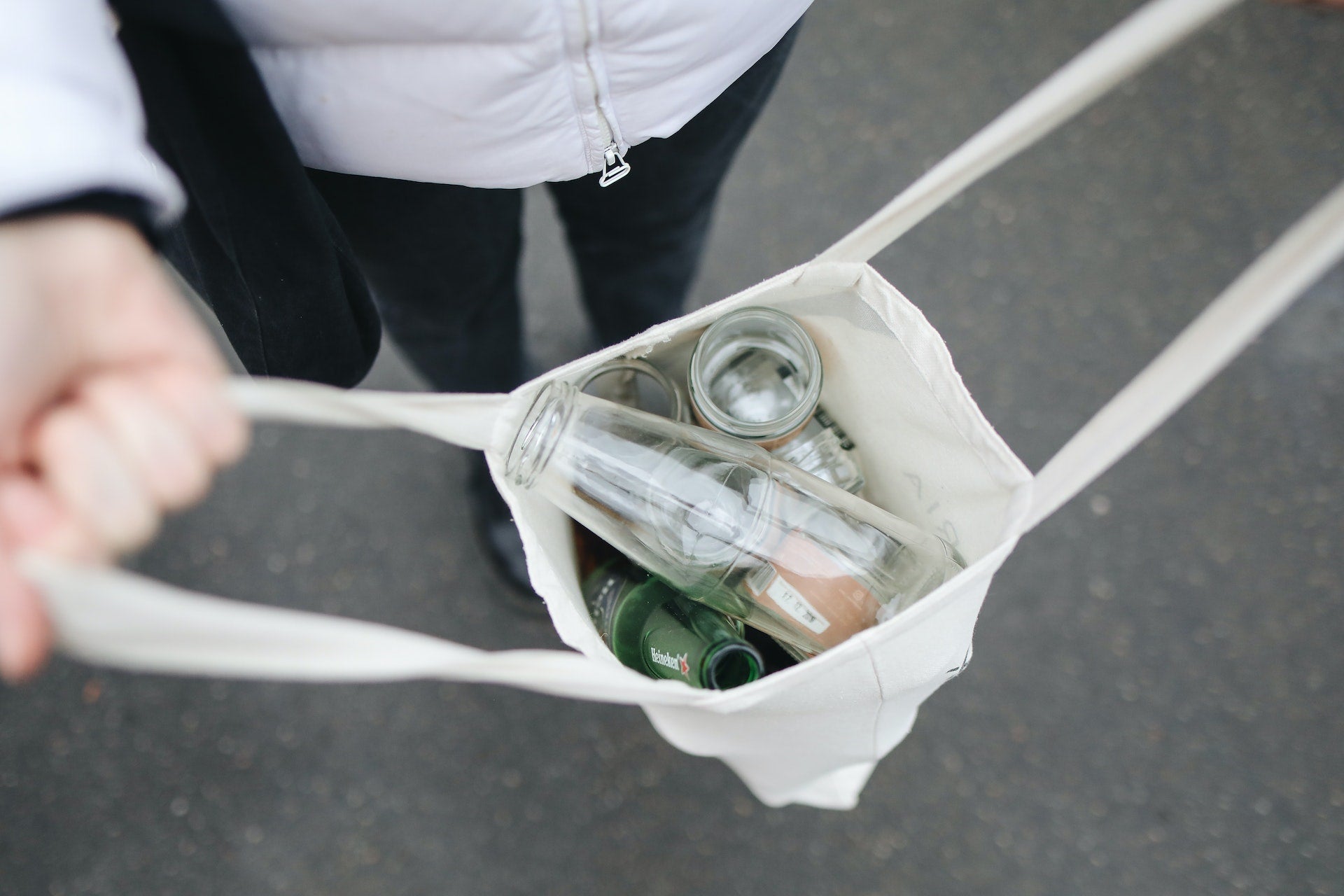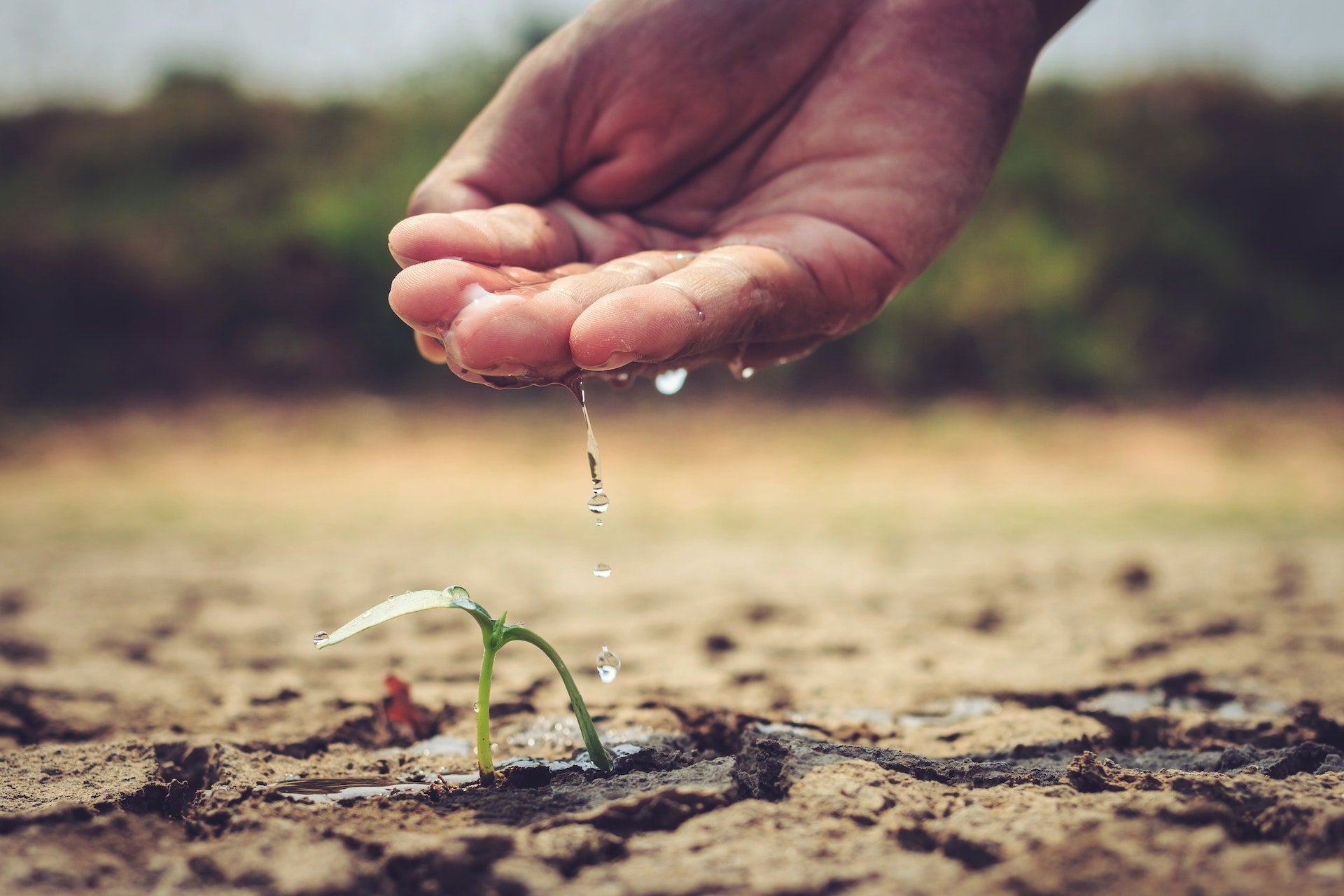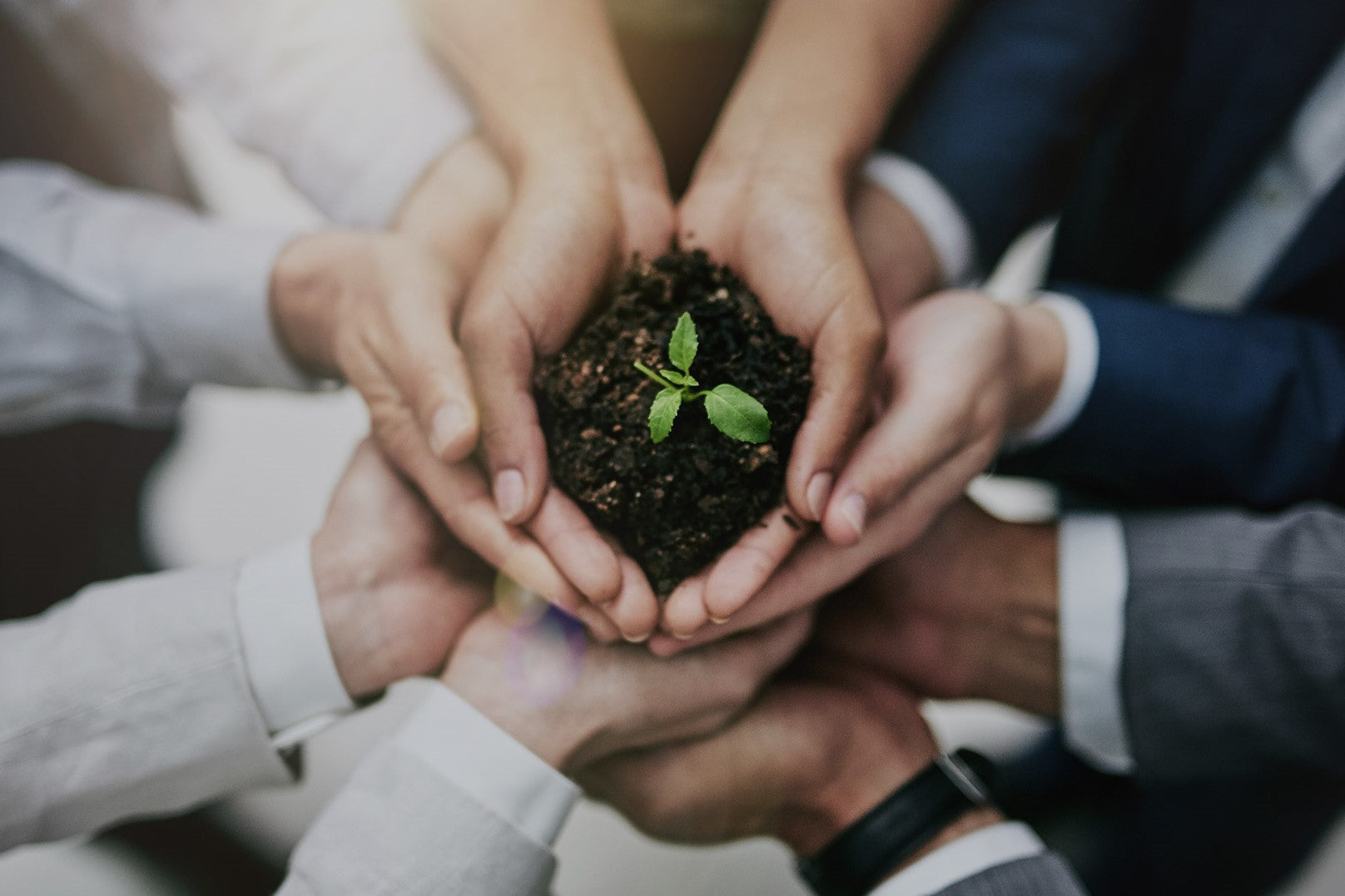Recycling is a simple yet impactful way to reduce waste and conserve resources. By transforming used materials into new products, recycling helps reduce greenhouse gas emissions, energy consumption, and the need for raw materials. All of that said, with so many types of materials and recycling programs, it can be confusing to know what is and isn't recyclable.
In this blog post, we will cover everything you need to know about recycling. We'll start with a brief overview of what recycling is and why it's important. Then, we'll discuss how recycling differs by location and answer some common questions about what can and cannot be recycled.
Whether you're a seasoned recycler or just starting, this guide will help you become more informed about what is recyclable and how to recycle effectively.
Before we get into the nitty gritty, there are a few key things we need to establish—like what even is recycling?
What is Recycling
Recycling is a complex process that involves several steps to transform waste materials into new, usable products. While the specific steps may vary depending on the material and location of the recycling facility, there are a few basic steps that are typically followed.
First, the recyclable materials must be collected and sorted. This is typically done through curbside collection programs, drop-off centers, or other recycling initiatives. Once collected, the materials are transported to a recycling facility where they are sorted by type and quality.
Sorting is a critical step in the recycling process because it ensures that the materials are used to make new products that meet the necessary quality standards. The sorting process can involve manual or automated techniques such as magnets, air classifiers, or optical sorters.
After sorting, the materials are typically cleaned to remove any contaminants such as dirt or food residue. The cleaning process can involve washing, shredding, or other techniques depending on the material being recycled.
Once cleaned, the materials are then processed into raw materials that can be used to manufacture new products. This step involves breaking down the materials into smaller pieces or pellets that can be melted down and formed into new products. For example, paper and cardboard may be pulped and then reformed into new paper products, while plastic can be melted down and extruded into new plastic products.
Finally, the raw materials are shipped to manufacturers who use them to create new products. By using recycled materials instead of virgin materials, manufacturers can save energy, reduce greenhouse gas emissions, and conserve natural resources.
In summary, recycling is a critical process that involves collecting, sorting, cleaning, and processing waste materials into new products. While the specific steps may vary, the end goal is always the same: to reduce waste and conserve resources.
Let's take a look at a common item that is recycled: a plastic water bottle. Once you're done drinking from the bottle, you would typically discard it in a recycling bin. From there, it would be collected and transported to a recycling facility.
At the recycling facility, the plastic water bottle would be sorted with other plastics based on its resin code, which is typically found on the bottom of the bottle. This sorting process helps ensure that the right materials are used to make new products.
Next, the bottle is cleaned and shredded into small pieces. These pieces are then melted down and formed into small pellets, which can be used as raw materials to manufacture new products. For example, the pellets can be used to make plastic containers, piping, or even synthetic fabrics.
Once the pellets are manufactured, they can be shipped to manufacturers who use them to make new products. This creates a closed-loop system where materials are reused instead of being discarded, which helps reduce waste and conserve resources.
Overall, recycling is a crucial part of our waste management system. By diverting materials from landfills and transforming them into new products, we can reduce our environmental impact and build a more sustainable future.
Why is Recycling Important
Recycling is an essential practice that plays a crucial role in reducing waste, conserving resources, and protecting the environment. Here are some reasons why recycling is so important:
1. Conserves Natural Resources
Recycling helps conserve natural resources by reducing the need to extract and process raw materials. By using recycled materials to make new products, we can conserve resources such as trees, minerals, and fossil fuels. This not only helps protect the environment but also ensures that these resources are available for future generations.
2. Reduces Waste
Recycling helps reduce waste by diverting materials from landfills and incinerators. Landfills are a major source of greenhouse gas emissions and can pose environmental risks such as soil and water pollution. By reducing the amount of waste sent to landfills, we can reduce the environmental impact of our waste and help protect public health.
3. Saves Energy
Recycling requires less energy than producing new products from virgin materials. For example, recycling aluminum requires 95% less energy than producing new aluminum from bauxite ore. By using recycled materials instead of virgin materials, we can reduce our energy consumption and associated greenhouse gas emissions.
Counter arguments against recycling typically center around the cost and effectiveness of recycling programs. Some argue that recycling is not cost-effective because it requires additional resources and energy to collect, sort, and process recyclable materials. Others argue that recycling is ineffective because not all materials can be recycled, and the quality of recycled materials may not be as high as virgin materials.
While these arguments have some merit, they do not reflect the full picture of recycling. The cost-effectiveness of recycling depends on several factors, including the type of material, the availability of recycling infrastructure, and the market demand for recycled materials. In many cases, recycling can be a cost-effective waste management strategy that helps conserve resources and reduce environmental impact.
As for the effectiveness of recycling, it's true that not all materials can be recycled and that the quality of recycled materials may not be as high as virgin materials. However, recycling still plays an essential role in reducing waste and conserving resources. Recycling programs can also help create jobs, stimulate local economies, and reduce our reliance on foreign sources of raw materials.
In conclusion, recycling is an important practice that helps conserve resources, reduce waste, and protect the environment. While there are some counter arguments against recycling, the benefits of recycling outweigh the costs and inefficiencies. By recycling, we can create a more sustainable future for ourselves and future generations.
What is Recyclable
While the exact list of recyclable items may vary depending on the location and recycling facility, there are some common household items that are widely accepted by most recycling programs. Here are some examples:
- Paper and cardboard - this includes newspapers, magazines, cardboard boxes, and paper packaging.
- Plastic bottles and containers - this includes water bottles, soda bottles, milk jugs, and plastic food containers.
- Aluminum cans and foil - this includes beverage cans, pie plates, and other aluminum packaging.
- Glass bottles and jars - this includes wine bottles, beer bottles, and glass food jars.
- Steel cans - this includes food cans, soup cans, and other steel packaging.
- Electronics - many electronics, such as smartphones, laptops, and tablets, contain valuable materials that can be recycled. Check with your local recycling program or electronics retailer to see if they offer recycling services for these items.
- Batteries - batteries can contain toxic materials that can harm the environment if not disposed of properly. Many recycling programs accept batteries for recycling, including rechargeable batteries and single-use alkaline batteries.
- Ink cartridges - ink cartridges from printers can be recycled and reused, reducing the need for new cartridges and conserving resources. Many office supply stores and electronics retailers offer ink cartridge recycling programs.
- Metal hangers - metal hangers from dry cleaners and clothing stores can often be recycled, but it's important to check with your local program to see if they accept them. Plastic hangers, however, are not generally recyclable.
It's important to note that while these items are generally recyclable, the specific requirements for recycling them may vary depending on the location and recycling facility. Some facilities may require certain types of plastics to be separated from others, or may not accept certain types of paper or cardboard.
Additionally, there are some common items that people often assume are recyclable but are not. Here are some examples:
- Plastic bags - while some recycling programs may accept plastic bags, they can cause problems at recycling facilities and are not always recyclable. It's best to check with your local program to see if they accept plastic bags.
- Styrofoam - this material is not widely recyclable and should be avoided if possible. Some facilities may accept certain types of Styrofoam, but it's best to check with your local program.
- Broken glass - while intact glass bottles and jars are generally recyclable, broken glass should not be placed in recycling bins as it can pose a safety hazard to workers.
- Food-contaminated items - items that are contaminated with food or other substances should not be placed in recycling bins as they can contaminate other materials and reduce the quality of the recycled product.
- Pizza boxes - while cardboard is generally recyclable, pizza boxes are often contaminated with food and grease, making them unsuitable for recycling. It's best to dispose of these in the regular trash.
- Plastic utensils - plastic utensils are typically too small to be properly sorted and processed by recycling facilities, and are often made from low-quality plastics that are not recyclable. It's best to use reusable utensils whenever possible.
- Tissues and paper towels - while paper products are generally recyclable, tissues and paper towels are often contaminated with food, grease, or other substances, making them unsuitable for recycling. These should be disposed of in the regular trash.
- Ceramics and pottery - while glass bottles and jars are recyclable, ceramics and pottery are not. These items have a higher melting point than glass and can damage recycling equipment if they are improperly sorted.
- Poly mailers - also known as plastic shipping envelopes, poly mailers are not widely accepted by recycling programs and should not be placed in curbside recycling bins. These envelopes are often made of a type of plastic that is difficult to recycle and can cause problems at recycling facilities. It's best to check with your local program to see if they accept poly mailers or to consider using an alternative, more environmentally friendly packaging option.
Lucky for you, shipping suppliers that prioritize sustainability might have your solution. Smart Shipping Supply, for instance, provides eco-friendly poly mailers made from 100% post consumer recycled content and designed with recyclability in mind for all of your shipping needs.
Simply remove any labels, locate your nearest drop-off location (likely the grocery store you already frequent), and take any used mailers with you on your next grocery haul.
By understanding what is and is not recyclable, we can ensure that our recycling efforts are effective and help reduce waste and conserve resources. Remember to always check with your local program to see what materials they accept and how to properly prepare them for recycling.
Until next time, shop smart and ship smart.




